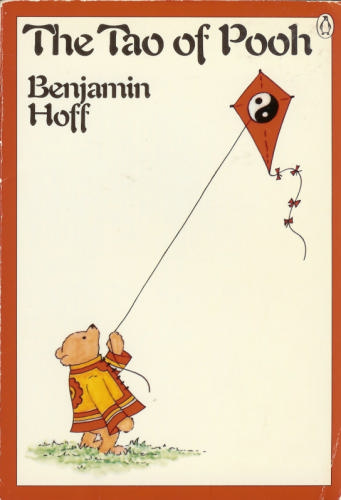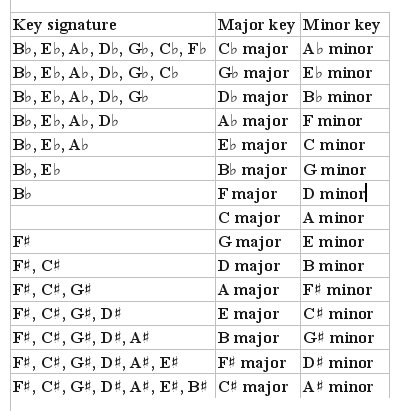| « Summer NAMM a Hit in Nashville | Dear Daddy, What would you say to your Dad today if you could » |
Theory! We Don't Need No Stinking Theory!
5 comments
Good One Paul. Great stuff.
Music theory is one of those things. You don’t need to know how it all works, you just need to know that it does work. More importantly it confirms what we hear in our heads. These notes sound good together, these notes don’t. A little bit of theory goes a long way and can save hours and hours of trial and error.
Understanding that if you are holding a harmonica and the other guy plays a song in the right key, then you can’t hit a “wrong” note. It HAS to sound right. There are no wrong notes in a scale that fits the chord or key it is played over. The flavor comes with timing and choosing which harp to blow and when to blow on the left or on the right.
Take it from me and Paul, invest in a little theory it will serve you well. Too much thinking on the other hand is to be avoided at all cost.
You know, Dan, the body plays. You just train the riffs and patterns into your muscles with practice and then let go when the sound hits you. Music theory and the physical structure of any instrument is closely ties. Theory lies behind how the instrument is made and to understand how to use it correctly you have to know how and why it works. Theory is the why and how to what a musician does and without it there are fewer options… maybe.
With a harmonica there are the straight keys, the cross keys, middle position straight and cross (which I play). And any harp has many keys and modes you can play in. And each “mode” means a different scale/ harmonic progression and you pick a different mode depending on the style mood of the song. And then there are the relative keys if the band is playing in a minor key. But the idea of “key” and knowing what is “the root note” is often vague and the harp that works in any particular song is often hit and miss. You have to pick it by ear.
And, yes, even if you are in the right key you can hit the wrong note. That’s why you practice. I meant to say “guys like us” can’t hit a wrong note. (grin)
Hi everybody !
A minimum of theory is essential to a good practice. Know why and how to talk about the same thing with others, then, theory is not a stinking theory, on the contrary, it means that we give ourselves the tooling for communicating the same langage with others. Instead of talking theory, we could talk about - knowledge of the instrument.
And knowledge is the beginning of the wisdom !
Keep on harpin’ and still my harpin’kiss to all !
Harmo
Salut tout le monde !
Un minimum de théorie est indispensable à une bonne pratique. Savoir le pourquoi du comment pour parler de la même chose avec les autres n’a rien d’une théorie puante, bien au contraire, c’est un moyen que nous nous donnons des outlis pour communiquer avec les autres. Au lieu de parler de théorie, nous pourrions parler de - connaissance de l’instrument.
Et la connaissance est le début de la sagesse !
Keep on Harpin ‘and still my harpin’kiss to all !
Harmo
I am letting my son freestyle learn instruments, I put on Moby Dick, Crossroads movie, any badass video and he takes off to play some instrument. he is 8, he picked up the c harmonica a couple months ago and has played it less than 20 times, watch what he does at 59 seconds, that is learning an instrument. I loved the comment about stinkin theory because I named our videos we don’t need no stinkin lessons





